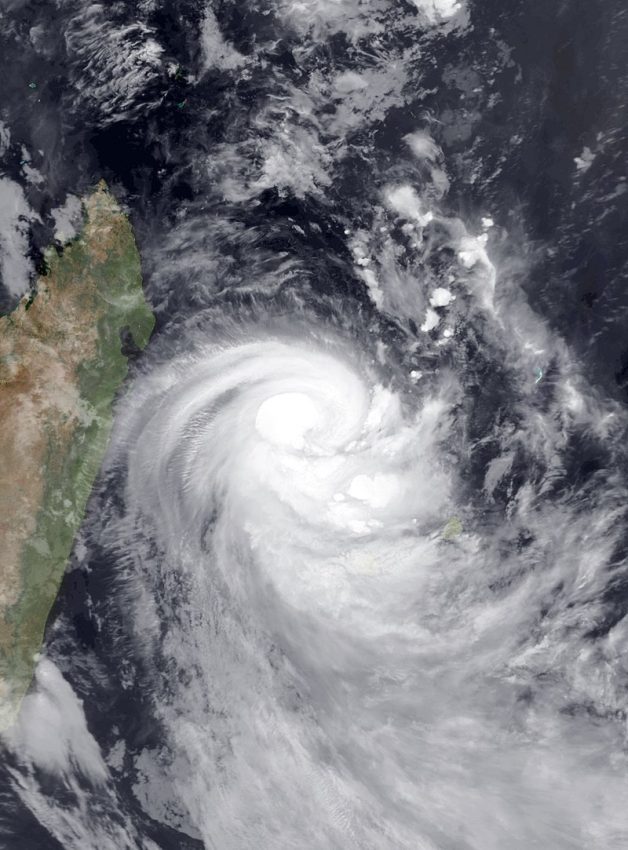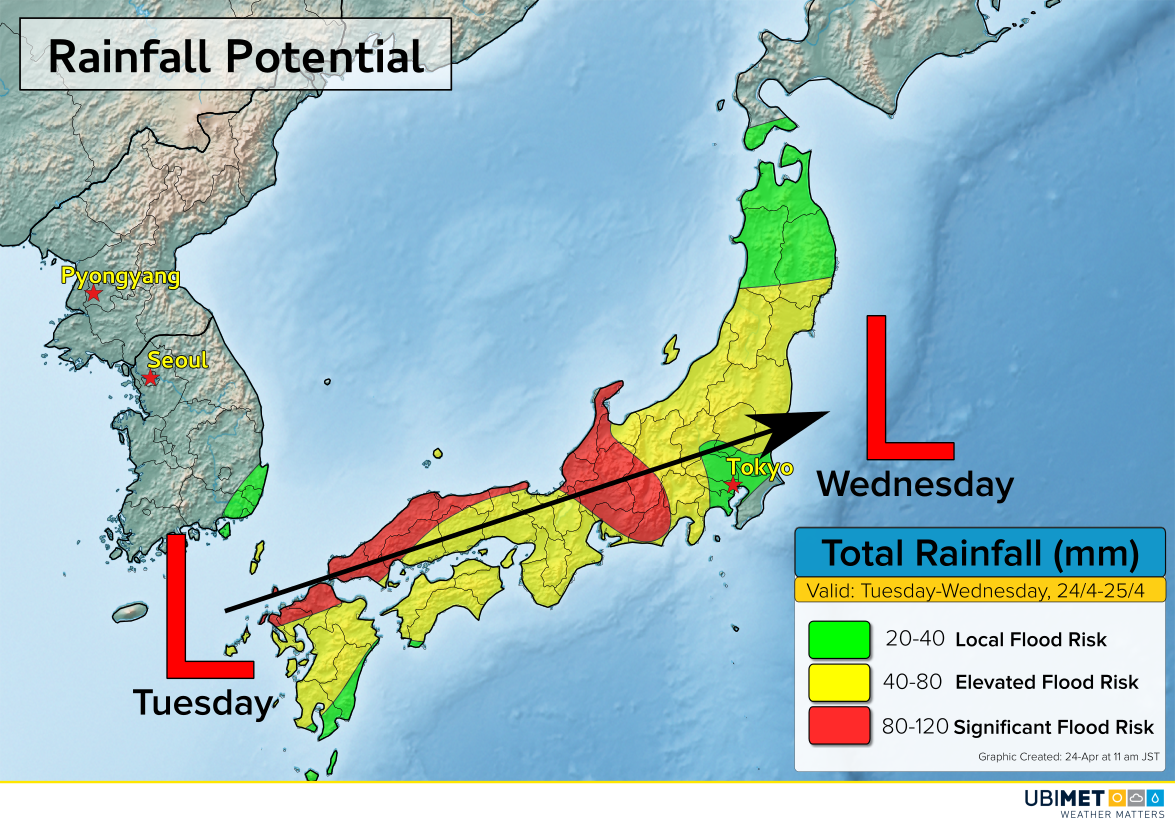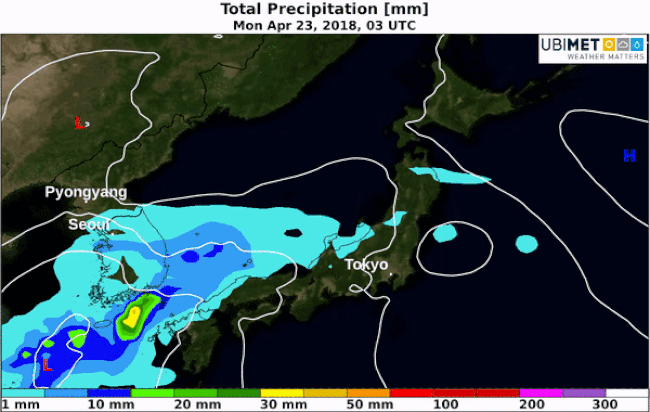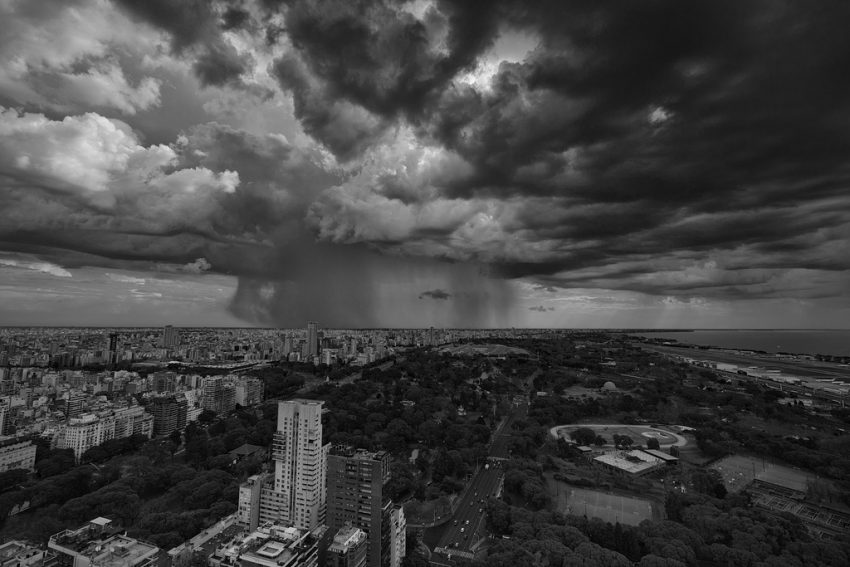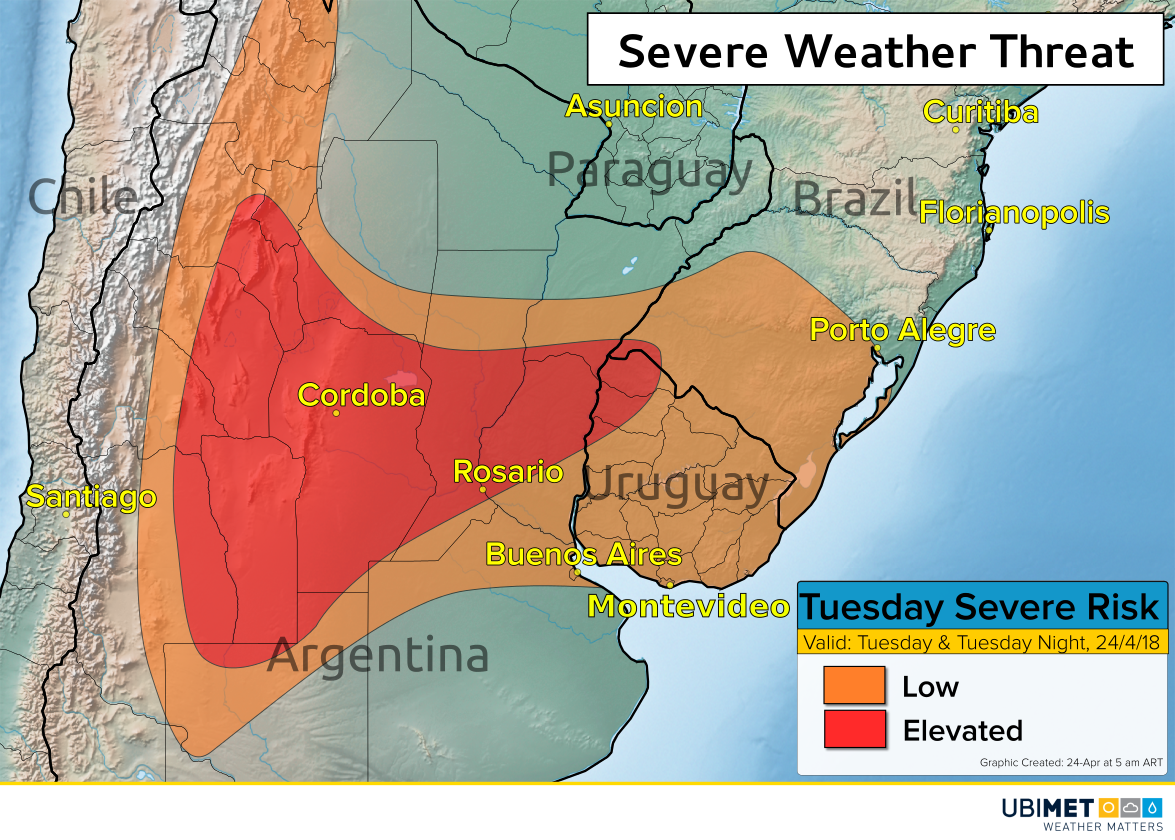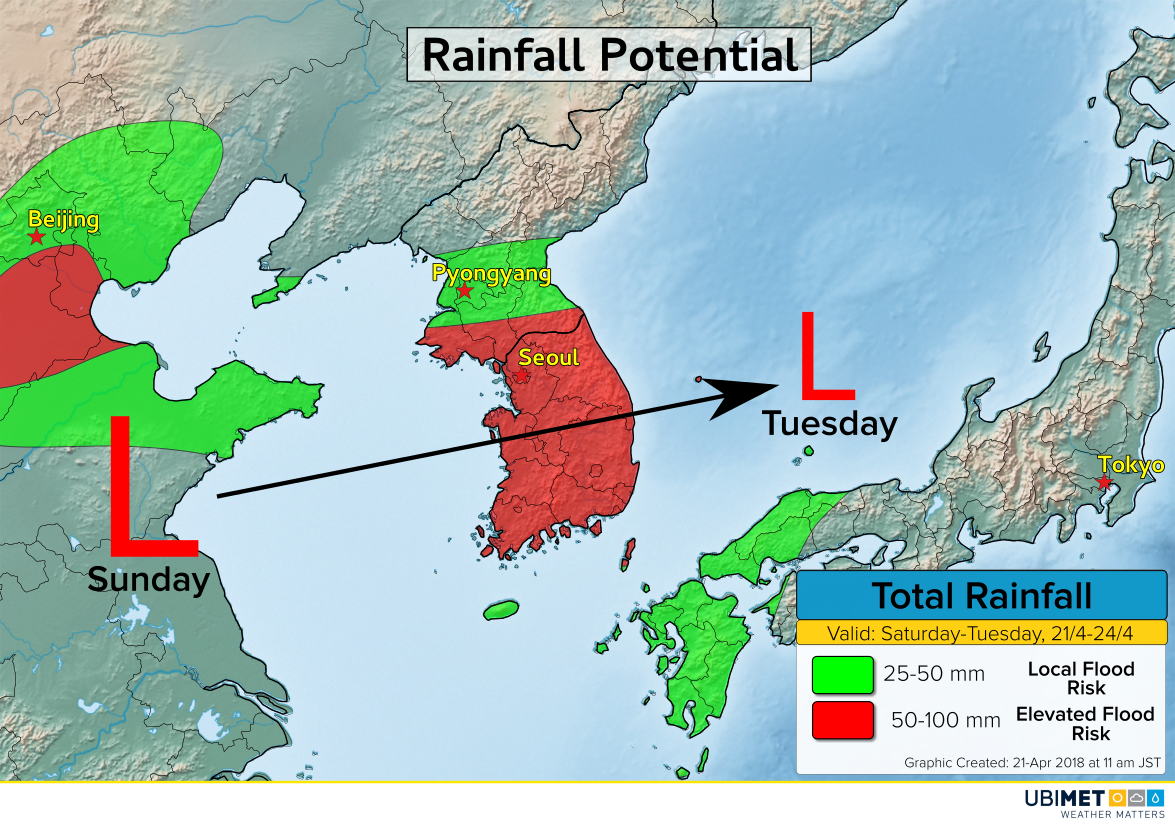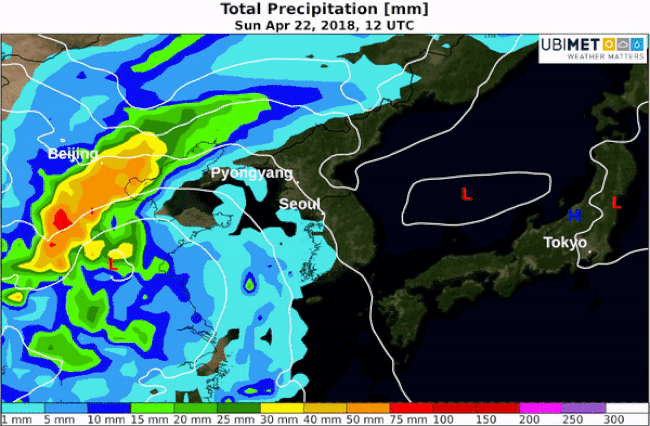Cyclone Fakir Rumbles Over Reunion Island, Causing Life-Threatening Floods
Tropical Cyclone Fakir has weakened to a remnant low as it pulls away from land masses over the southwestern Indian Ocean. Residents of Reunion Island can now begin the clean-up process following flooding rainfall close to 415 mm (16.3 inches). Wind gusts as high as 176 kph (109 mph) also caused significant damage.
A few photos of the aftermath of Tropical Storm #Fakir taken by @LeRedac in the south-west highlands of #ReunionIsland pic.twitter.com/fkuU7TWNoJ
— Catharine Cellier-Smart (@NewsFromReunion) April 24, 2018
#Tropical Cyclone #Fakir impacting #ReunionIsland earlier today. Not exactly paradise! #IndianOcean #WorldWx
From jdkl974 Instagram pic.twitter.com/e0Se5obXuo
— Kelly Cassady (@TheKCindex) April 24, 2018
Fakir was a small but quickly-developing cyclone on Tuesday. It spiked as a category one cyclone as it approached Reunion Island, and has been just as quickly weakening over the last several hours. The heavy rainfall caused destructive mudslides, especially over the mountains on the south side of the island. At least two deaths have been blamed on the storm.
Fakir is an unusually late cyclone – the cyclone season officially ends in this region on April 30th. It’s the third cyclone this season to directly affect Reunion Island. Fakir will pose no additional threat to land.
